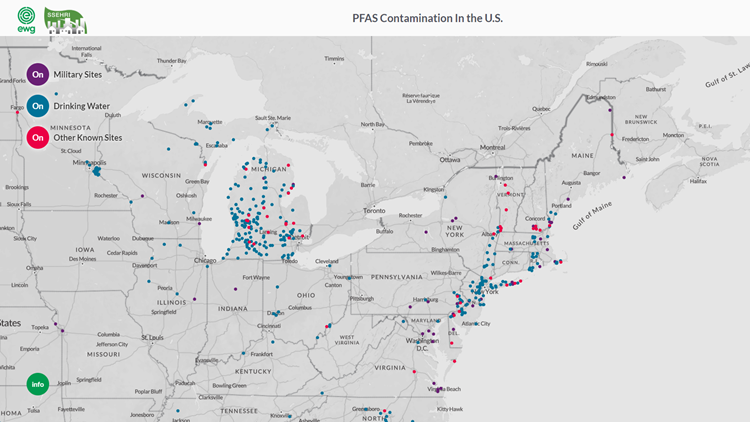At least seven sites in Maine are affected by per- and poly-fluoroalkyl substances, or PFAS, according to updated findings.
Swipe or scroll to see the locations below
New data nationwide show 610 sites in 43 states – many of which are drinking water systems, serving about 19 million people – being contaminated by the highly toxic fluorinated compounds. This as the known extent continues to grow.
Complied by Environmental Working Group (EWG) and Northeastern University's Social Science Environmental Health Research Institute (SSEHRI), the data include publicly known PFAS pollution in public water systems and military bases, airports, industrial plants and dumps and firefighter training sites.
RELATED: Pease widows want federal health study on air force base now
RELATED: Tainted milk threatens to shut down century-old dairy farm
PFAS compounds are a class of non-stick, waterproof, stain-resistant compounds used in consumer products and industry. Best known are PFOS, formerly used to make DuPont’s Teflon, and PFOA, formerly in 3M’s Scotchgard.
Very low exposure to some PFAS chemicals has been linked to cancer, thyroid disease, weakened childhood immunity and many other health problems.
Tests of tap water, military bases and industrial sites have found PFAS contamination in more than 600 locations in 43 states. Drinking water for up to 110 million Americans may be contaminated with PFAS.
PFOA and PFOS were phased out under pressure from the EPA, replaced by PFAS compounds with a slightly different chemical structure, which were not adequately tested for safety before the EPA or the FDA allowed them on the market. PFAS chemicals pollute the blood of virtually all Americans, including newborn babies, and they persist forever in the environment.
The EPA recently released a PFAS action plan. However, the EWG calls it "woefully inadequate" and offers its own list of recommendations.
A bipartisan PFAS task force has been formed in Congress.
RELATED: Pease health study set to begin late summer
RELATED: NH Air National Guard retirees speak out about health problems
Data were up considerably from the last update in July 2018, which showed 172 sites in 40 states. However, EWG says the data used for the March 2019 update were not directly comparable to last year’s, as they're now using more comprehensive data from the federal Safe Drinking Water Information System.
SDWIS shows PFAS contamination in the tap water supplies of 446 communities. Information about other locations on the map came from the Defense Department and from news reports collected by Northeastern.
With 192, Michigan has the most locations on the map, both reflecting its severe contamination problem and increased effort to test for PFAS.
California has 47 known contamination sites and New Jersey has 43.
The site in the nation with the highest known PFAS contamination is the now-closed England Air Force Base in Alexandria, Louisiana, where the Pentagon says a groundwater monitoring well had a combined level of 10.97 million parts per trillion, or ppt, of PFOA and PFOS in March 2015.
The worst contamination of drinking water was in Algoma Township, Michigan, where a private well had a combined level of 72,300 ppt of PFOA and PFOS in December 2018.
Here are the seven locations affected by PFAS in Maine:
Brunswick Naval Air Station (Brunswick)

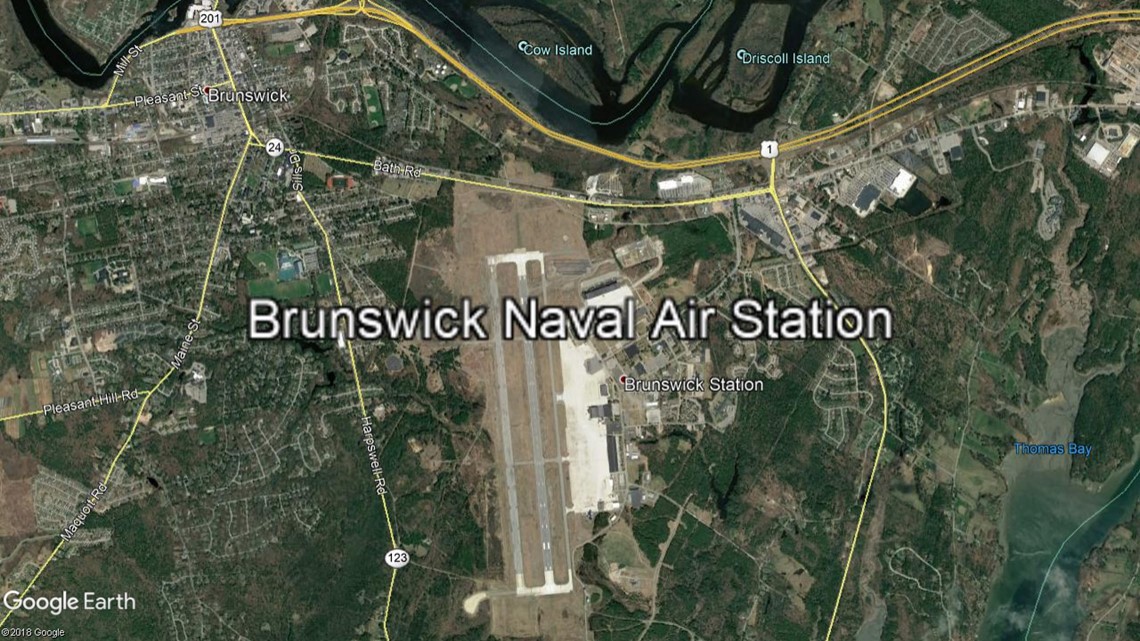
Discovered in 2016, monitoring of on-base groundwater wells showed a PFOS range above EPA LHAs of 650 to 24,000 parts per trillion, and a PFOA range above EPA LHAs of 630 to 15,000 parts per trillion.
Firefighting foam used at Brunswick Naval Air Station is the suspected source, based on findings from the Defense Department.
Navy VLF Transmitter Cutler (Cutler)

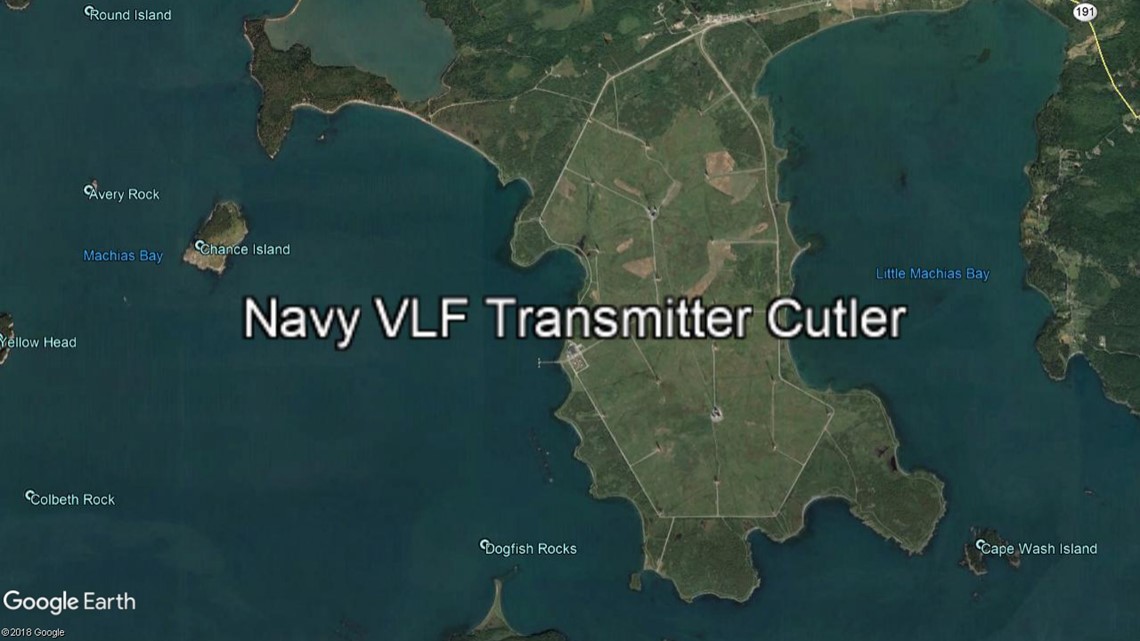
Discovered in 2018, monitoring of on-base groundwater wells in 2016 showed a PFOS/PFOA range above EPA LHAs of 161 to 360 parts per trillion.
Firefighting foam used at Navy VLF Transmitter Cutler is the suspected source, based on findings from the Defense Department.
Houlton International Airport (Houlton)

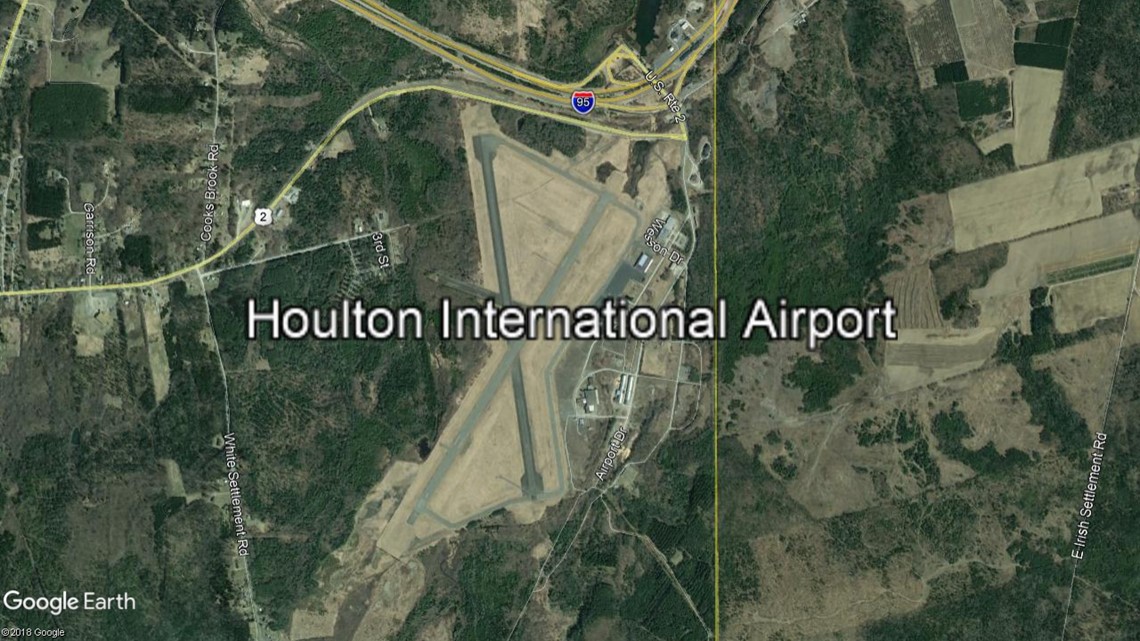
Discovered in 2018, a Houlton mobile home park drinking water well showed a PFOS/PFOA range above EPA LHAs of 70.6 parts per trillion.
Firefighting foam used at Houlton International Airport is the suspected source, based on findings from the Northeastern's SSEHRI.
Kennebunk, Kennebunkport & Wells Water District (Kennebunk)

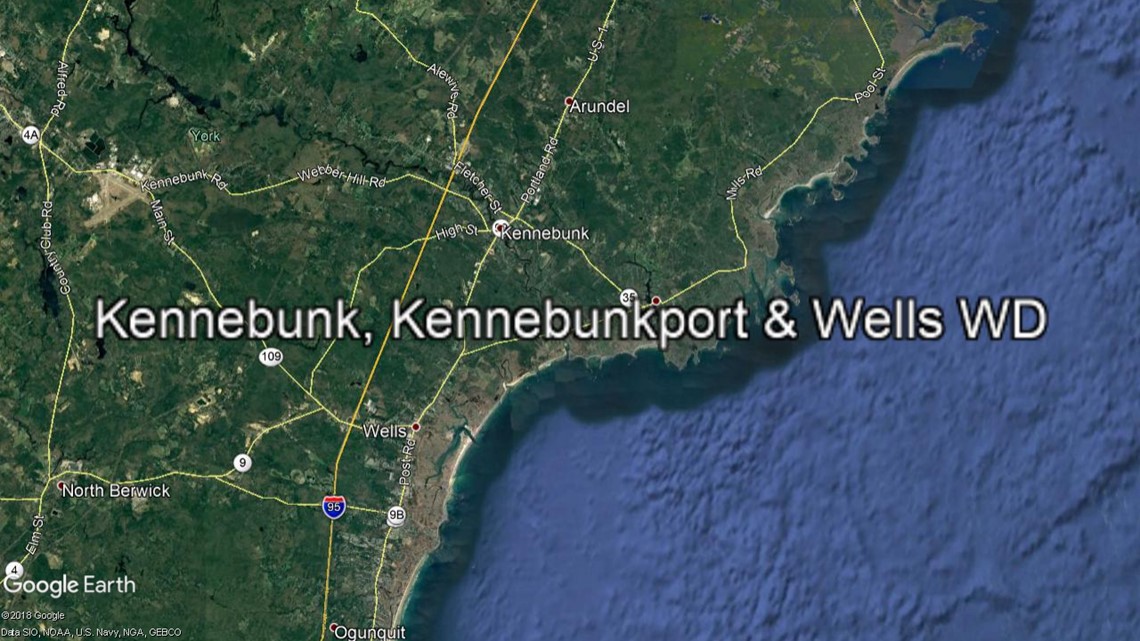
Tested on Nov. 25, 2014, the Kennebunk, Kennebunkport and Wells Water District showed a 0 to 50 min-max PFAS parts per trillion detection of PFOS.
The water district, headquartered in Kennebunk, serves 31,440 people.
Former Loring Air Force Base (Limestone)

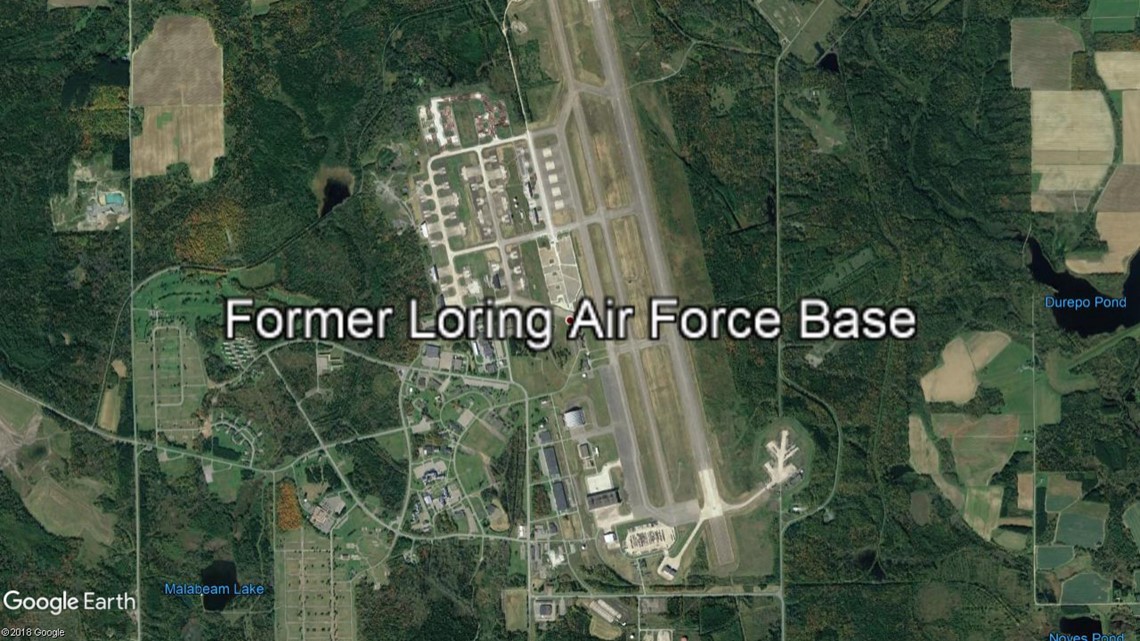
Discovered in 2018, monitoring of on-base groundwater wells showed a PFOS/PFOA range above EPA LHAs of 84 to 5,861 parts per trillion.
Firefighting foam used at Former Loring Air Force Base is the suspected source, based on findings from the Defense Department.
Portsmouth Naval Shipyard (Kittery)


Discovered in 2018, monitoring of on-base groundwater wells showed a PFOS/PFOA range above EPA LHAs of 140 parts per trillion.
Firefighting foam used at Portsmouth Naval Shipyard is the suspected source, based on findings from the Defense Department.
Sanford Water District (Sanford)

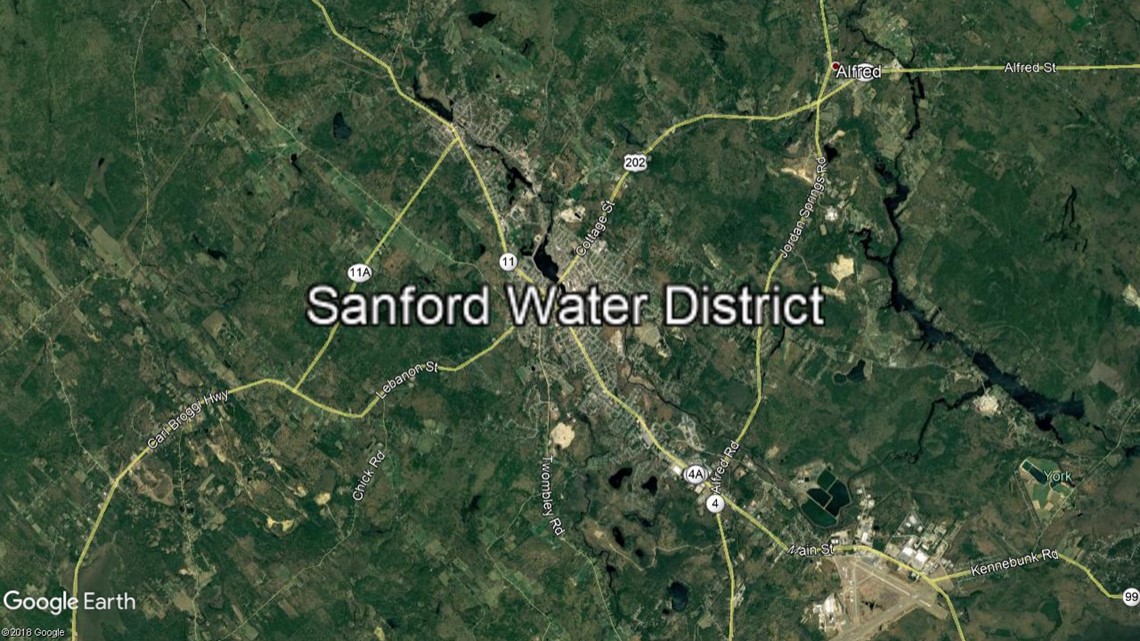
Tested between April 9 and Aug. 7, 2013, the Sanford Water District showed a 0 to 400 min-max PFAS parts per trillion detection of PFHxS and PFOS.
The water district serves 14,025 people.


